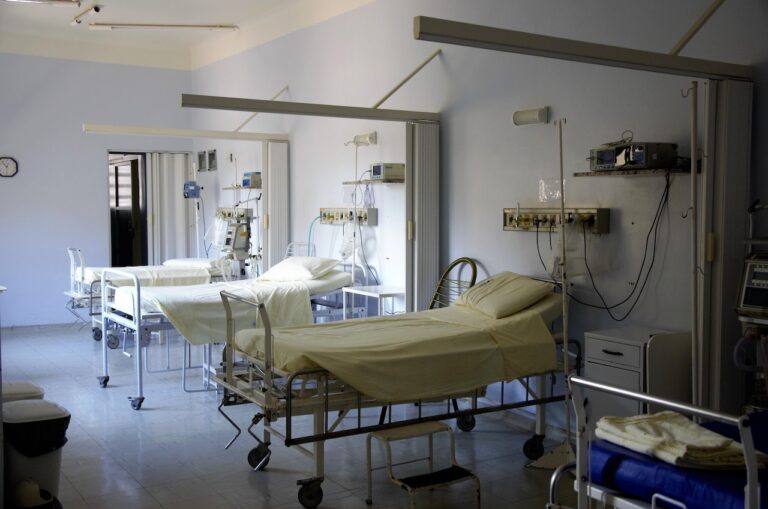Transitioning in Hospice: End-of-Life Process Explained
There’s nothing easy about watching someone you love slip away. Whether it’s sudden or drawn out, the final stage of life has a way of shaking us to our core. But I want to tell you something straight from the heart: there is beauty here, too. Quiet, sacred beauty in the moments where love speaks louder than words ever could.
When we talk about “transitioning” in hospice, we’re talking about the body’s gentle winding down. It’s a natural process—one that doesn’t need to be feared, just understood. And when we do understand it, we can walk through it with a little more peace, a little less panic.
If you’re reading this right now, you’re probably doing one of the hardest, most loving things a person can do: showing up. You might be at the bedside. You might be holding a hand, brushing a forehead, or just trying to hold it together between visits. You’re not alone in this.
I’m here to walk you through what this process looks like, what to expect, and how to just be—fully, lovingly—with someone in their final stretch of life. Let’s take it one step at a time.
What Does “Transitioning” Mean in Hospice Care?
“Transitioning” is the term we use in hospice when a person begins nearing the end—when their body starts to shut down, and their spirit begins to let go.
It’s not a switch that flips. It’s more like a slow dimming of the lights. Breathing may change. Eyes might stay closed longer. Words may come less often. But the essence of your loved one—that spark—is still there. And they can feel your presence, even if they can’t speak it back to you.
This stage isn’t about medications or machines. It’s about making them comfortable. It’s about whispered I-love-yous, soft music, favorite blankets, and peaceful silence. The hospice team will often gently let you know when they believe transitioning has begun. And while those words can hit hard, they’re also a gift—an invitation to be present for the moments that truly matter.
It’s okay to cry. It’s okay to be still. Just know that your being there—your hand in theirs—means more than any of us can ever explain.
Physical Signs That Indicate Transitioning Has Begun
The body has a quiet way of telling us when it’s preparing to let go. These signs can be unsettling at first—but they’re not cause for panic. They’re nature’s way of easing someone from this life to the next.
You might notice changes in breathing—what we call “Cheyne-Stokes” breathing. It comes in waves: slow, shallow breaths followed by pauses. Sometimes there’s a bit of a rattle in the throat. It may sound alarming, but it’s rarely distressing for the person. Keep their head slightly elevated, or ask your hospice nurse about small comforts to ease it.
Skin might discolor, especially at the hands and feet. Color may fade to a bluish or purplish tone. These are all signs that the circulation is slowing down, redirecting energy toward vital organs for the last time.
Your loved one may sleep more—deeply, often without waking. They may stop eating or drinking altogether. That can be tough for families to witness, especially if food was once a love language between you. But I promise you: they’re not suffering from hunger. Their body just doesn’t need fuel anymore.
These changes are part of the body’s natural rhythm, like a tide slowly pulling back from the shore. Your role is simply to be the safe harbor—calm, steady, and close.
You don’t have to do much. A cool cloth on the forehead. A soft word in the ear. Your presence is the medicine now.
Emotional and Spiritual Changes in the Final Stage
As the body begins to step back, the spirit often steps forward.
You might notice your loved one growing quieter—not just in speech, but in presence. They may seem far away, eyes unfocused or gazing toward something you can’t see. This isn’t unusual. Many people who are transitioning begin to “turn inward,” withdrawing from the physical world as they prepare for whatever comes next.
Some speak of seeing loved ones who’ve already passed. Others may speak in metaphors—talking about packing bags, going home, or catching a train. It’s not confusion. It’s often part of a deeply personal, spiritual experience. Whether or not you share the same beliefs, the kindest thing you can do is listen with an open heart.
Emotionally, they may no longer respond with the same expressions or words. But that doesn’t mean they don’t feel your love. In fact, love has a way of cutting through everything, even silence. A gentle touch, a prayer, a quiet song—these are the soul’s language now.
And if there’s anything you need to say—now’s the time. It doesn’t have to be perfect. A simple “I love you” or “Thank you” can carry more weight than a thousand rehearsed speeches.
This is sacred ground you’re standing on. Be present. Be real. And be tender—with them, and with yourself.
What Families Can Do During This Time
When someone you love is nearing the end, it’s natural to feel helpless. You might wonder, What do I do? What do I say? Am I doing this right? Let me reassure you—just being there matters more than you’ll ever know.
There’s no script. You don’t have to fill the silence with chatter. In fact, silence can be the most comforting sound of all when paired with presence. Sit by the bed. Hold their hand. Breathe with them. These simple acts create a peaceful environment where love can be felt—even without words.
You can play soft music they once loved. Rub lotion into their hands or feet. Read them a favorite book or spiritual passage. If they’re awake, speak gently. If they’re asleep, speak anyway—they may still hear you.
Most importantly, follow their pace. This is their journey. Some people hold on until a certain family member arrives. Others seem to wait for a quiet moment alone. Trust that they know what they need, even if they can’t express it out loud.
And if you’re overwhelmed, remember: hospice nurses and aides are here to help. They’re not just here for the patient—they’re here for you, too.
So breathe. Be gentle with yourself. And know that showing up—just as you are—is more than enough.
Support for Caregivers and Loved Ones
Let’s talk about you now.
If you’re caring for someone who’s transitioning, please hear this: your heart is carrying something heavy. It’s called anticipatory grief—and it’s the sorrow that comes before the actual goodbye. It’s real. It’s valid. And it deserves just as much care as your loved one does.
You may feel guilt for stepping away, exhaustion from not sleeping, or numbness from holding it all together. These feelings don’t make you weak—they make you human. You’re doing sacred work, even if it doesn’t always feel noble or poetic in the moment.
So here’s what I want you to do: accept help. When someone offers to bring a meal, say yes. When the hospice nurse offers to stay a little longer, let them. And when you need to cry in the shower, scream into a pillow, or just sit in your car for five extra minutes before walking back inside—do it. That’s not quitting. That’s surviving.
Also, don’t be afraid to ask your hospice team questions, even the hard ones. They’ve walked this road many times and can guide you gently through the fog. Ask about what’s normal. Ask what to expect. Ask what happens next. You deserve answers, and you don’t have to carry this alone.
And above all—be kind to yourself. You are doing something extraordinary. Don’t forget that.
Conclusion
If you’ve made it this far, I want to thank you—not just for reading, but for being there. Whether you’re standing at a bedside, calling every day, or simply holding someone in your heart from afar, your love is part of this journey. And that matters more than you’ll ever fully see.
Transitioning in hospice at the end of life is hard. It’s messy and raw and sacred all at once. But within it, there’s also grace. There’s connection. There’s the quiet beauty of love stripped down to its essence—no need for words, no need for perfection. Just presence.
And when the time comes, know that letting go is not a failure. It’s an act of love. It’s allowing someone you cherish to find peace, and allowing yourself the space to grieve, heal, and remember.
Hospice is here for your loved one—but it’s here for you, too. Lean on them. Lean on each other. And if nothing else, lean into the truth that you are not alone.
You are walking someone home. And that, dear one, is one of the most meaningful things a person can ever do.
Share This Article:






